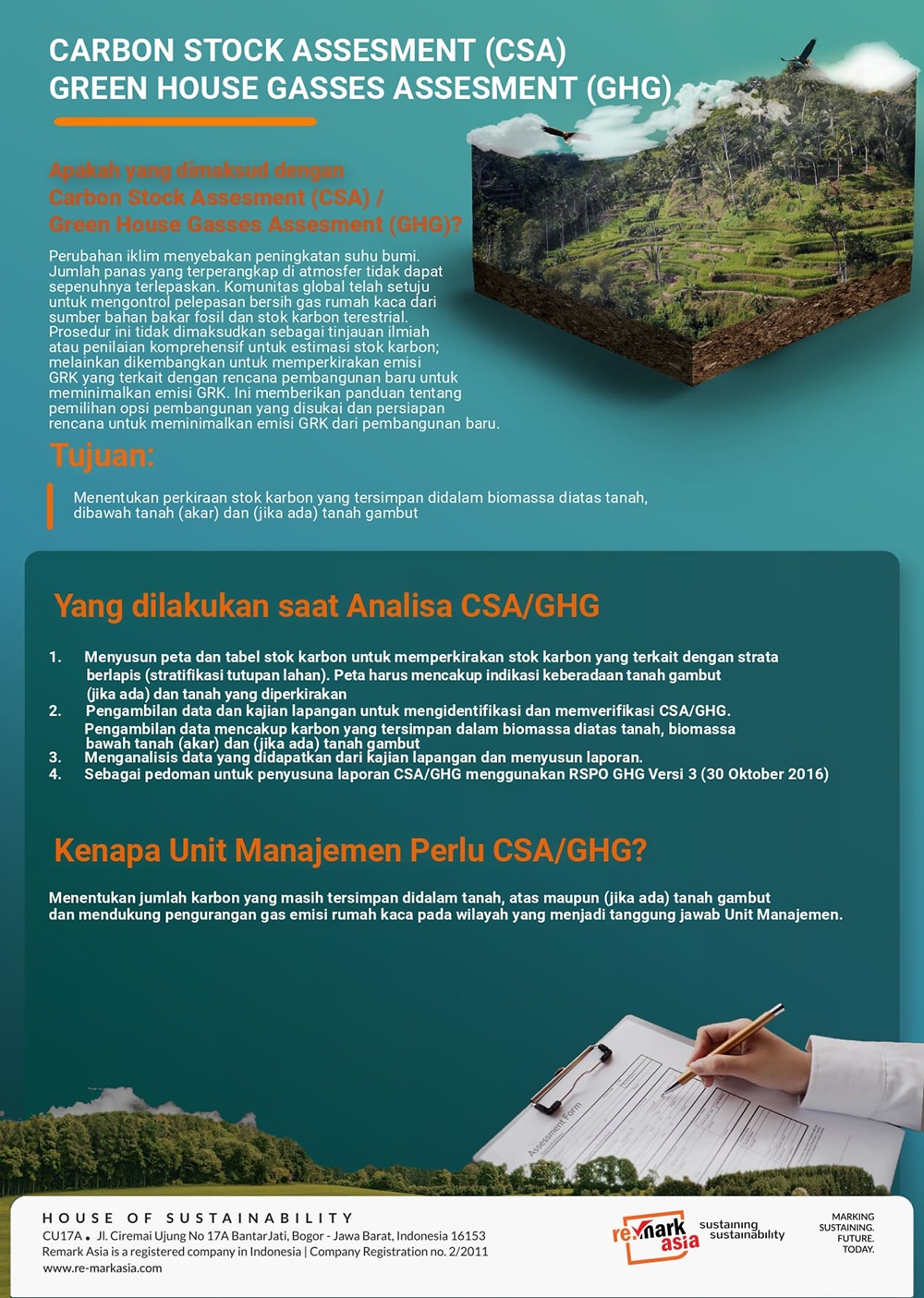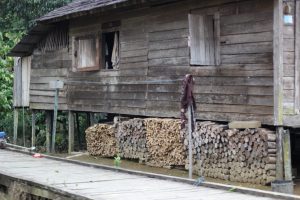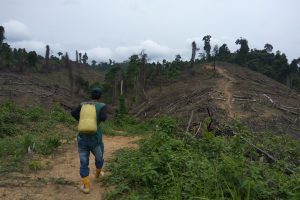
Greenhouse gases of planet Earth is crucial to support life as we know it. However, the actual amount of heat trapped in the atmosphere is in a delicate balance with the climatic systems and ocean currents of the globe. The global community has agreed to control the net released of greenhouse gases from both fossil fuel sources and terrestrial C stocks.
This procedure is not intended as a scientific review or a comprehensive assessment for the estimation of carbon stocks; rather it is developed to estimate GHG emission associated with new development plans to minimise GHG emissions. It provides guidance on the selection of preferred development options and preparation of a plan to minimise GHG emissions from new developments.
Our method
The first step in this Carbon Stock Assessment / GHG is to develop a carbon stock map and table for estimating the carbon stocks associated with stratified stratum (land cover stratification). The map should include indicative presence of peat soil (if applicable) and estimated soil. The next step will be to integrate identified HCV areas and findings of SEIA into the carbon stock map developed. Once the preparation has set, ground check is to be proceed. The team consists of one team leader, GIS, carbon analyst, and biodiversity expert. The assessment must covered carbon stored in;- Above-ground biomass,
- Below-ground biomass (roots), and
- (if applicable) Peat soils.




